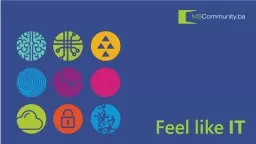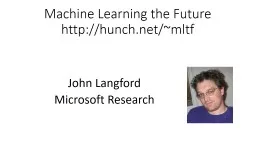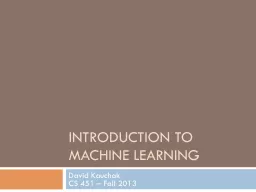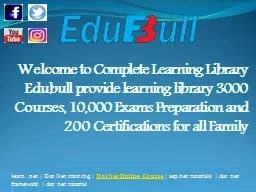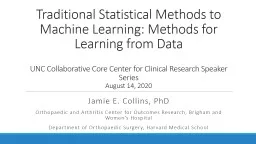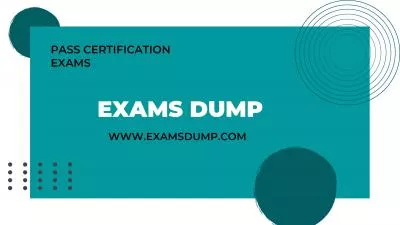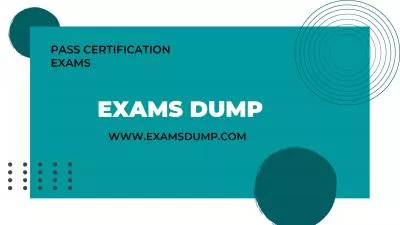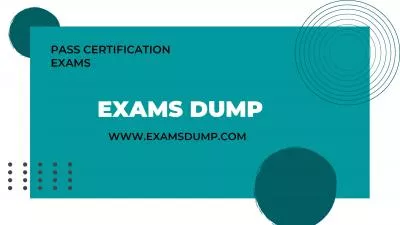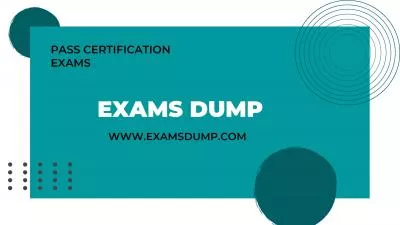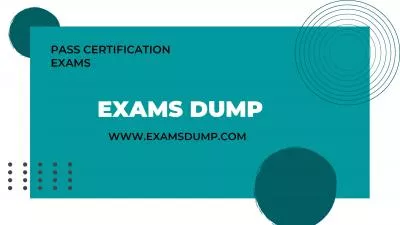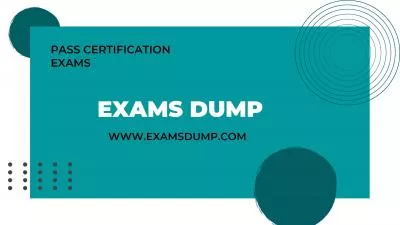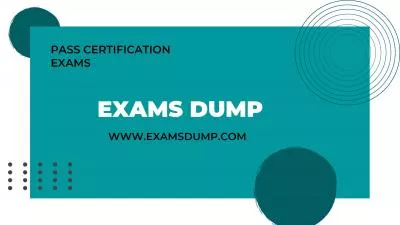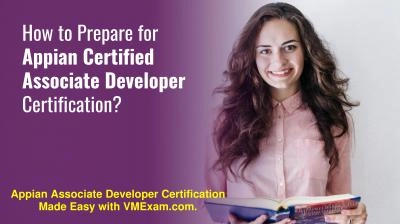PPT-Machine Learning for dotNET Developer
Author : dollumbr | Published Date : 2020-06-16
Bahrudin Hrnjica MVP Agenda Intro to ML Types of ML dotNET and MLtools and libraries Demo01 ANN with C Demo02 GP with C NET Tools AcordNET GPdotNET Summary Machine
Presentation Embed Code
Download Presentation
Download Presentation The PPT/PDF document "Machine Learning for dotNET Developer" is the property of its rightful owner. Permission is granted to download and print the materials on this website for personal, non-commercial use only, and to display it on your personal computer provided you do not modify the materials and that you retain all copyright notices contained in the materials. By downloading content from our website, you accept the terms of this agreement.
Machine Learning for dotNET Developer: Transcript
Download Rules Of Document
"Machine Learning for dotNET Developer"The content belongs to its owner. You may download and print it for personal use, without modification, and keep all copyright notices. By downloading, you agree to these terms.
Related Documents

